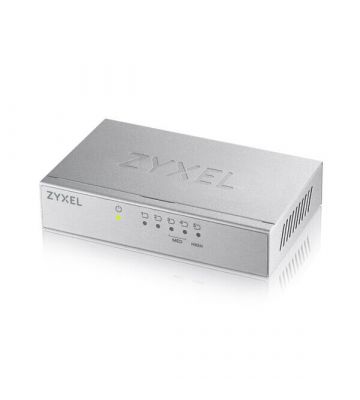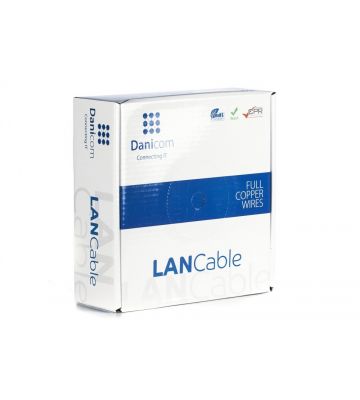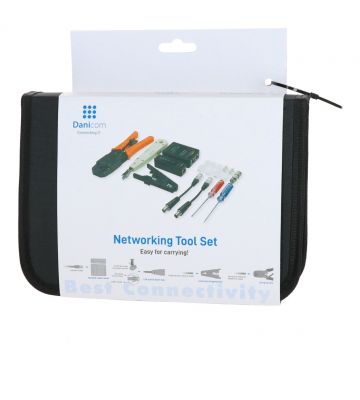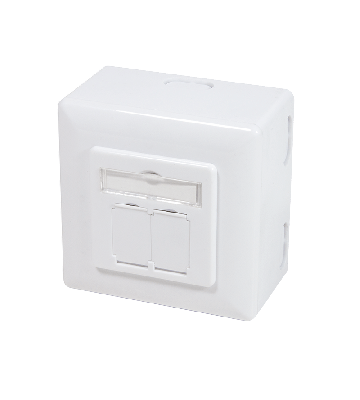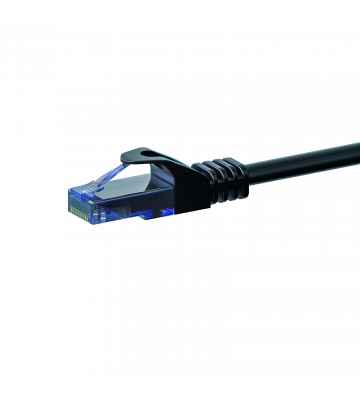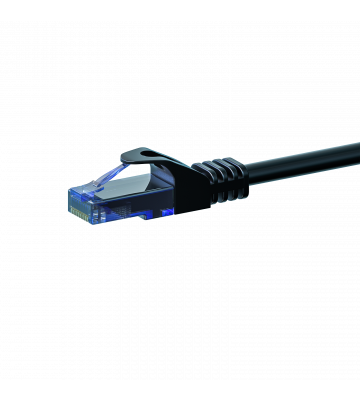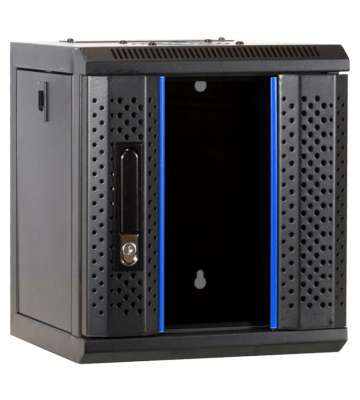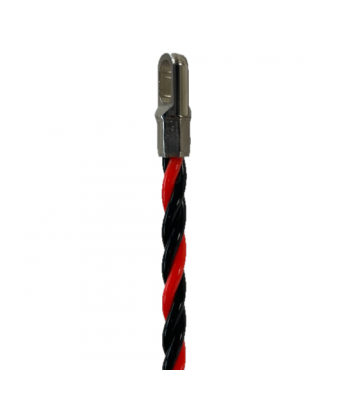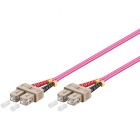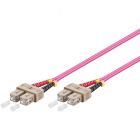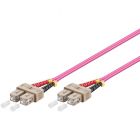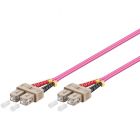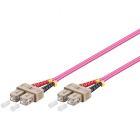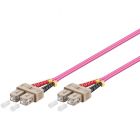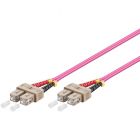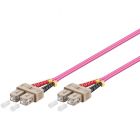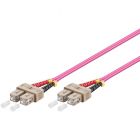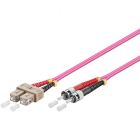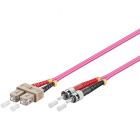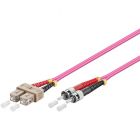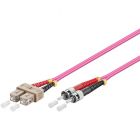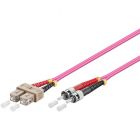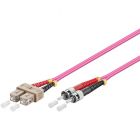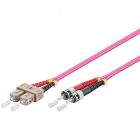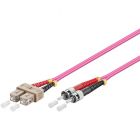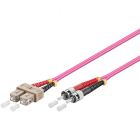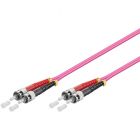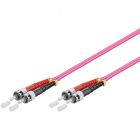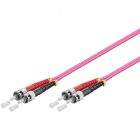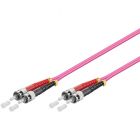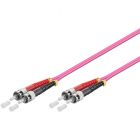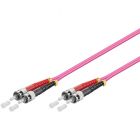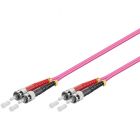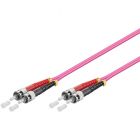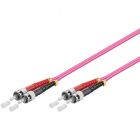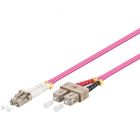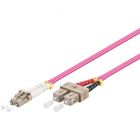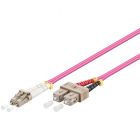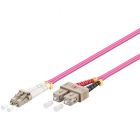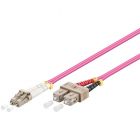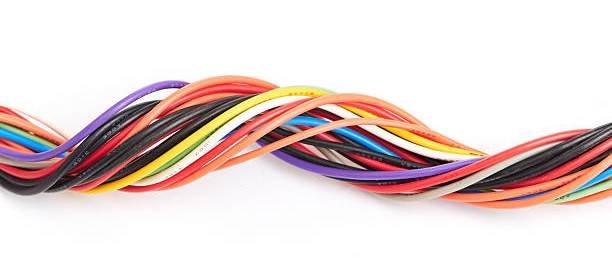What is Fiber Optic?
Fiber optic is a thin glass thread used to transport data through light signals. This allows fiber optic internet to be much faster than traditional copper wire internet. The key advantages of fiber optic include high internet speeds and a reliable connection.
How Does Fiber Optic Installation Work?
When connecting fiber optic, the first step is to check for a suitable connection in your area. Then, a fiber optic cable is installed up to the meter cupboard. Subsequently, a media converter is placed in the meter cupboard, converting the signal into a usable internet signal.
Products Needed for Installation
To complete the installation, you need several products, including a router and possibly a switch. Additionally, consider the cabling in your house, as UTP cables are not suitable for transporting the fiber optic signal and must be replaced with fiber optic cables.
For a convenient solution, check out the handy starter set curated by our product specialist.
Fast Upload and Download with Fiber Optic Connection
While coaxial cables for radio and TV might seem like a fast and reliable internet option, they have limitations and do not offer the same speed for uploads and downloads.
In contrast, fiber optic allows synchronous uploading and downloading at extremely high speeds, up to 1000Mbps. Fiber optic uses light to transport data over long distances, enabling the rapid transfer of vast amounts of information through your network. Additionally, the connection quality is superior as fiber optic is not susceptible to external influences.
How Fiber Optic Works in the Meter Cupboard
Due to the often significant distances, single-mode fiber optic cables are typically used, employing bidirectional technology. This bidirectional technology enables duplex traffic, meaning data can be sent and received over the same cable, providing more bandwidth and speed.
When the signal travels over the fiber optic cable to your home or building, it enters via a Fiber Termination Unit (FTU). An FTU serves as the starting point for the internal network in your home or office, connecting the incoming fiber optic cable to the cables in your house.
If you want to connect a cable from your fiber optic modem to an Ethernet switch or router, you can use Cat6 patch cables.
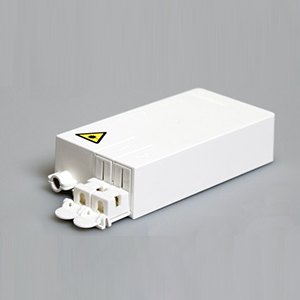 |
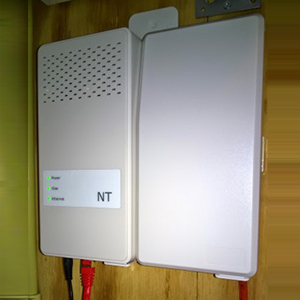 |
Quick Start Set for Fiber Optic at Home
If you have questions about the above explanation, contact our customer service. If you understand how fiber optic installation works, you can directly order the necessary products below for fast internet enjoyment.


